Scarred by Struggle,
Transformed by Hope
Scarred by Struggle,
Transformed by Hope
Joan D. Chittister





This book is dedicated to my Benedictine Sisters in Erie who have been with me in the struggle and brought hope along the way.
Contents
ix
xii
Preface: Struggle, the Seedbed of Hope
This is the book I didn't want to write.
It is certainly the book I did not intend to write. My original plan was that I would write a book about hope. It is, after all, a particularly unpredictable and often difficult period in human existence. It seemed to me that hope is the central virtue in life, certainly needed and so easy to explain. But it didn't work. Everywhere I looked, hope existed - but only as some kind of green shoot in the midst of struggle. It was a theological concept, not a spiritual practice. Hope, I began to realize, was not a state of life. It was at best a gift of life.
I saw optimists everywhere, of course, but optimism didn't interest me. To be blissful in the midst of pain, to avoid bad news like the plague, it seemed to me, was no great indicator either of mental health or of spiritual depth. I knew of no scriptures anywhere that answered grief by pretending it didn't exist. Christianity, my own tradition, rooted its hope in the other side of the cross. But it never denied the cross. On the contrary.
I wanted to know why it was that some people came through struggle whole of heart and sure of soul. I wanted to know what was missing in the lives of those others who seemed to slog through life, sure only that tomorrow would be worse than yesterday.
The more I struggled with the idea of hope, the more I began to realize that it is almost impossible to write a real book about hope without looking at the nature of struggle. Where in pain does hope lie? And how do we cultivate it? And what does that mean to the development of the spiritual life and the attainment of emotional wholeness?
Consequently I gave up the notion of writing a book about the theological dimensions of hope - which fine theologians had already done - and decided to concentrate instead on the relationship between struggle and hope. This, I think, is where most of us live every day of our lives and this is where we do or do not live "the spiritual life." I wanted to deal with the real, the immediate, the present, and the obvious. But where could I go to discover that, to see it in action, to measure the truth of it by the truth of my own life?
Everybody in the world - including you and me - has stories of pain and grief, depression and despair, hopelessness and sorrow. Some of them we survived well. Some of them we didn't. The question is, why?
When struggle comes, as struggle does to every life, it's never easy to go on. It often seems that not going on at all would be the better thing. The easier thing. The only possible thing. Pressures from outside us, pressures from within, hang heavy on our shoulders, weigh us down, and dampen our hearts. Then the spirit is taxed beyond belief. Then all the pious little nosegays we've ever learned turn to sand. Then we begin to question: What is the use of all this pain? What is the purpose of all this struggle? How can anyone possibly make sense of such unremitting heartache? What good is hope in the face of a life marked over and over again by the ravages of despair? And yet we sense that the way we deal with struggle has something to do with the very measure of the self, with the whole issue of what it is to be a spiritual person.
Every major spiritual revelation known to humankind, in fact, is based on the bedrock of hope. Hinduism sees life as the gathering of graces that leads, eventually, to the eternal dissolution of each of us into the energy that is God. Buddhism teaches the path to Enlightenment, to the end of suffering. Judaism lives in the life-giving law of God and waits for the Messiah who will turn an unjust world into the eternal glory of God. Christianity embraces the Paschal Mystery and its movement from death to life through the crucifixion, death, and resurrection of Jesus Christ. Islam awaits the transformation from the physical burdens of this life to the spiritual freedom that comes with submission to God. Embedded in each is a spirituality of hope that im bues their followers with the power to believe in life, to cope with life, to live life, whatever the burdens that come with the daily dyings of life. But what is it? And what does it look like? And how do we access it when we need it ourselves? The answer, I think, lies in the stories of struggle and hope that each of these great traditions preserves.
Because all of us have stories of struggle and the ways it has affected us, this book is based on two stories as well: the ancient JudeoChristian story of Jacob's wrestling match with the angel, and mine of an internal battle with life-changing disappointment. Through Jacob's story I began to understand both the cycle of struggle and the seeds of hope that had sprung out of them in my own life. I offer these stories, then, to help readers analyze their own stories of pain and despair, of hope and resurrection. Even more, they are meant to reveal the gifts that struggle can give to us all. By the time I had laid my own story against that of Jacob and the angel, I knew that hope and struggle were of a piece. I knew, too, that hope is built into struggle. Most of all, I knew that I had written the right book - at least for me.
This book is not a self-help manual. It is not a series of "steps" to anything. It is, rather, an anatomy of struggle and an account of the way hope grows within us, despite our moments of darkness, regardless of our regular bouts of depression. It is an invitation to look again at the struggles of life in order that we might remember how to recognize new life in our souls the next time our hearts turn again to clay, as turn they surely will.
Acknowledgments
 ~ he idea for this book came out of discussions about a book that, in the end, never came to be. The oil painter Samuel Bak is an artist whose work has great depth and soul-striking symbolism. I have been fascinated by his oil paintings for years. They astound me with their power. The original plan was that I would write with those particular works in mind.
~ he idea for this book came out of discussions about a book that, in the end, never came to be. The oil painter Samuel Bak is an artist whose work has great depth and soul-striking symbolism. I have been fascinated by his oil paintings for years. They astound me with their power. The original plan was that I would write with those particular works in mind.
Samuel Bak is a Holocaust survivor whose works over and over again record the obscenity, the tragedy, the eternally recurring reminder to us of both the depravity of the Holocaust and the nobility of humanity. The ovens of the Nazi death camps are a recurring theme in these works. Time is a shattered figure in these renderings. Yet, the odd thing, some would say, is that Samuel Bak does not consider himself to be a "Holocaust artist." Just as often as the ovens dominate one of his canvasses, just that often a long line of rabbis bridge the shattered gulf between the past and the present to make the old new again, to demonstrate the resiliency of the human spirit, to prove the irrepressibility of human truth. In every piece, a ladder tops the crematorium walls, or a green leaf sprouts, or the sun goes on shining in the midst of chaos. There was indeed a truth here that transcended, and at the same time, illuminated the private desperations of all our lives.

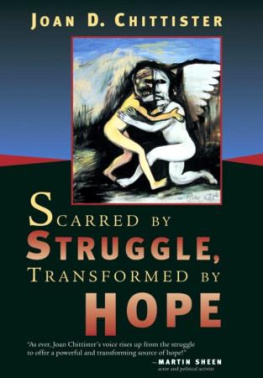
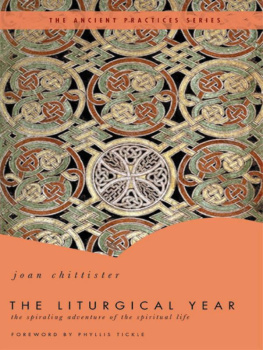
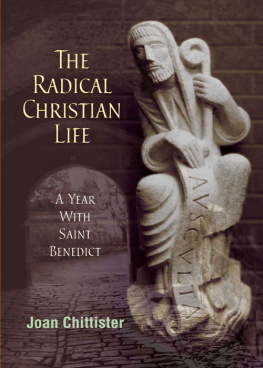
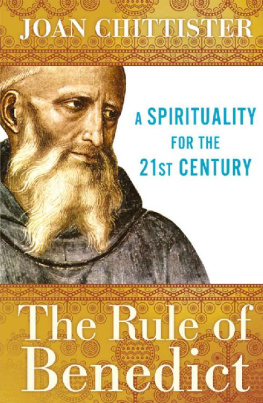
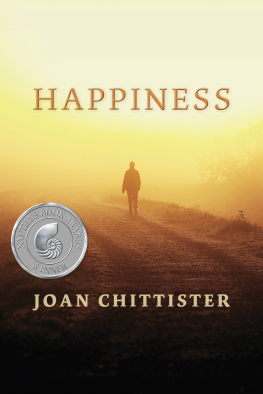
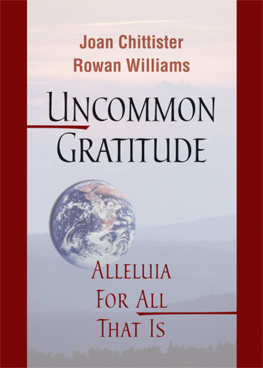
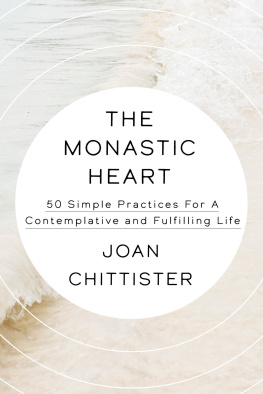
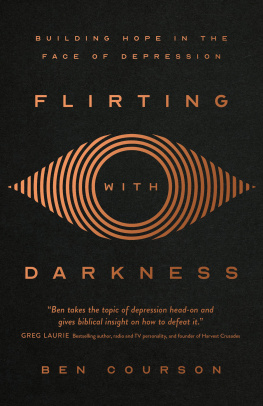
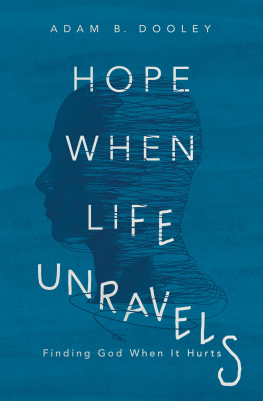


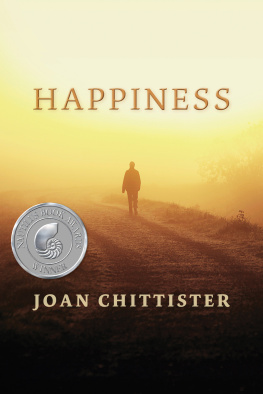
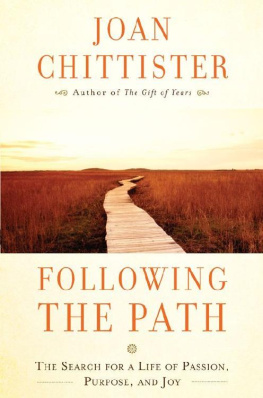
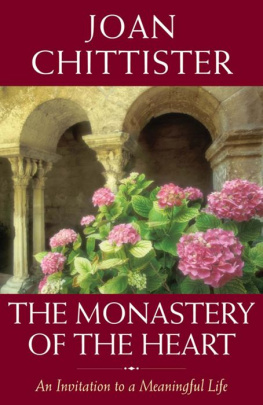
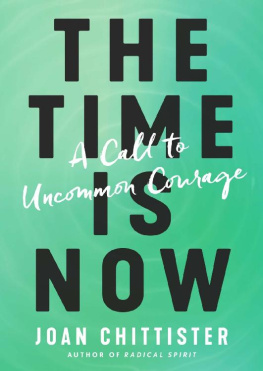




 ~ he idea for this book came out of discussions about a book that, in the end, never came to be. The oil painter Samuel Bak is an artist whose work has great depth and soul-striking symbolism. I have been fascinated by his oil paintings for years. They astound me with their power. The original plan was that I would write with those particular works in mind.
~ he idea for this book came out of discussions about a book that, in the end, never came to be. The oil painter Samuel Bak is an artist whose work has great depth and soul-striking symbolism. I have been fascinated by his oil paintings for years. They astound me with their power. The original plan was that I would write with those particular works in mind.